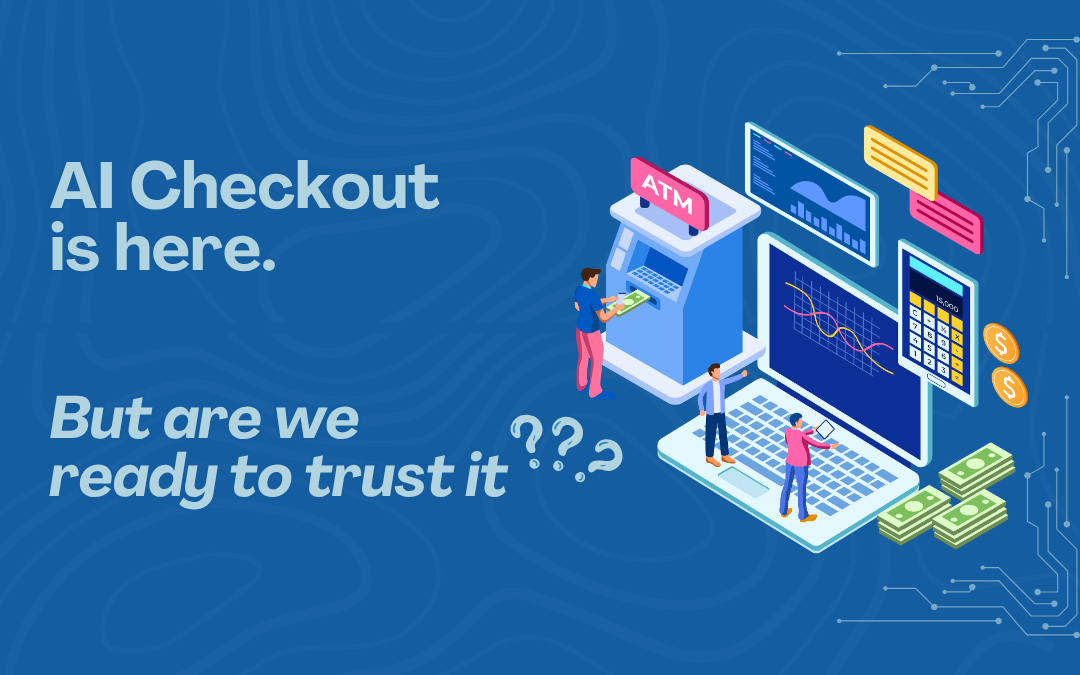Introduction
Google’s agentic AI checkout quietly launched in the U.S. this spring.
It is not a preview or a pilot. It is live.
You select your preferred size, color, and price.
You tap “track price.”
Google’s AI monitors, alerts, and if you choose, completes the purchase for you.
- No checkout forms.
- No abandoned carts.
- Just intent, automation, and transaction.
What Changes for Marketers
When AI starts completing purchases, digital marketing as we know it shifts.
The power to decide what gets bought moves from human choice to algorithmic logic.
This new buyer does not respond to pop-ups or checkout buttons. It responds to structured data, verified feeds, and trusted signals.
For small and mid-sized businesses, visibility now depends on how machine-readable your product data is.
The competitive edge moves from creative persuasion to data fluency.
The Privacy Question
AI checkout requires deep access to user preferences, identity, payment data, and transaction history.
Once that automation begins, companies store every step of the purchase process within a system that holds both intent and wallet data.
Even with GDPR and California privacy laws setting the baseline, consumer trust remains the most significant factor in establishing trust.
Most Americans already question how much data Big Tech holds. “Buy for me” can sound like a loss of control rather than a gain in convenience.
Consumers still hesitate to let AI handle payments completely. Trust doesn’t build overnight, especially when the process feels invisible.
Even companies like Worldpay and Afterpay are preparing for AI-driven shopping. They are learning how to distinguish between trusted agents and fraudulent attempts, demonstrating that trust is becoming the new currency in checkout.
Why the U.S. Rollout Is Complex
Google’s AI checkout technically works, but the rollout faces legal and emotional hurdles.
Different states follow different data rules, yet all must meet California’s standards or GDPR equivalency when handling consumer data.
This means obtaining explicit consent for automated decisions that result in financial transactions.
Expect opt-ins through Google Pay or Chrome rather than blanket activation.
Retailers may also hesitate. Many rely on checkout data for insights and upsells, and they will not want to surrender that control until trust and revenue-sharing models mature.
Global Perspective
Some markets, such as China, can implement autonomous checkout more quickly because data systems are centralized and adoption is top-down.
In the U.S., the combination of fragmented privacy law and consumer skepticism means adoption will be slower and more cautious. In other words, businesses must get explicit approval before allowing automation to handle financial decisions.
What SMBs Should Do Now
- Audit your product feeds for accuracy and structure.
- Add schema markup so your offers are machine-readable.
- Use explicit metadata and verified sources across every listing.
- Prioritize trust signals such as transparent pricing, secure payment, and verified reviews.
These steps help AI understand and surface your products, even before users reach your site.
The Takeaway
AI checkout is a reality and is expanding, but success will not depend on who launches first.
It will depend on who earns trust – from both people and algorithms.
The future of marketing belongs to the brands that are visible, credible, and compliant in an age of automated buying.
Stay ahead of these shifts with insights from Digital Marketing Stream.
Subscribe to our newsletter for our updates on AI-driven marketing, privacy trends, and SMB growth strategies.
Follow us on LinkedIn!
Smarter Marketing Starts Here
Subscribe to receive the latest AI marketing and CTV ad tips that help you stay ahead - delivered straight to your inbox. Join our newsletter!

